Ernest and Celestine is a 2012 French-Belgian animated comedy-drama film directed by Stephane Aubier, Vincent Patar and Benjamin Renner. The film is based on a series of children's books of the same name published by the Belgain author and illustrator Gabrielle Vincent. The film was released in the US in 2013 by GKIDS, where an english dub was also released along with it, featuring the voices of Forest Whitaker and Mackenzie Foy.
I am thankful that in this day and age that people are more willing to give us a more in-depth look into the making of films, video games, animations, books, comics, etc. Providing us with informative blogs, video journals, art books, etc... though I suppose we have the internet to thank for that as well.
And this was the reason why it took me so long to finish up this write up (Aside from not watching it yet that is), as the during the past few months, I have been following their official tumblr blog that recounts the hilarious (It could be a little exaggerated in some parts for a more comedic effect, but I can imagine most of it happening) experiences of director Benjamin Renner as he works alongside producer Didier Brunner and fellow directors Stephane Aubier and Vincent Patar (It took me awhile to realize that it was him, since he didn't formally introduce himself in the beginning), with all of them being represented as adorable little anthropomorphic animals.
Renner takes us step by step whilst also providing entertaining comic strips that makes the entire experience all the more interesting to read, it is pretty evident just how much Renner had enjoyed working on this film (Whilst also panicking numerous times along the way), so not to spoil anything as I think that it would be much better if you just go over to their blog and read through it all for yourselves I will simply give a very brief summary of each chapter and share some extracts of information that I found particularly important.
1. Benjamin Renner first meets with producer Didier Brunner, a rather eccentric fellow that leaves Renner quite baffled, though it seems everyone who has worked with or under him have gotten use to his antic.
2. Renner starts reading the children books that the film is based on to familiarize himself with the characters, as well as the narrative and art style, we also learn a bit more about the author herself, such as her real name and the other beautiful works she had done just before she passed away in 2000.
3. Continuing on with his research, Renner begins work on several short animations inspired by her illustrations, attempting "to find the energy of Gabrielle Vincent's drawings and interpret it into motion" as well as focusing on keeping the characters faithful to the books themselves, beautiful minimalistic conceptual animations are shared in this post.
These little animation tests are then shared with the producer… who apparently requires some help from Renner in opening up these animations.
Other than that however…
But then…
But as usual…
4. As the stories of Ernest and Celestine tend to be very simple and short, novelist Daniel Pennac was hired to write an original story for the film, a very animated and energetic fellow who reads his stories in the most amazing manner.
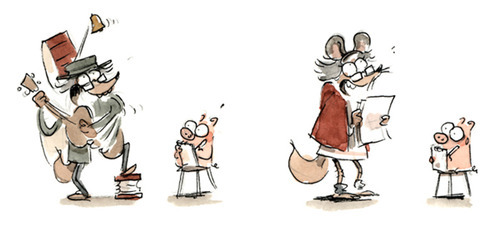 |
| Representation of him reading Ernest and Celestine's roles respectively |
At the beginning of 2009, the recruitment of an artistic team commenced.
5. Background designers Zaza and Zyk (Known for working on Persepolis and Lucky Luke) were hired first. The two were responsible for most of the visual concepts and designs done for the film, trying to stay as close as possible to Gabrielle's art style and her techniques (All backgrounds were also hence done traditionally instead of digitally).
6. As Daniel Pennac had added in a great number of new characters that had not been featured in the books, character designer Sei came in, a young talented artist from the renown Les Gobelins animation school. The female lead Celestine had been redesigned, with some inspirations taken from the books as usual (Though her design would apparently change from one book to the other), she was made to be more expressive, Ernest was apparently much easier to work on and a confirmed design for him was done in no time. The character models needed to be charismatic and not too complicated so any animator can draw him or her.
Renner is also notably starting to show his more dickish side as well, though it's just a sign of him getting closer to his co-workers.
7. The lead animator simply known as Patrick (Another Les Gobelins graduate) was one of the first people to be hired into the team. As the lead animator, Patrick's duty was to make sure that the animation in the film was coherent and that the same style was used across all of the animators, he also needs to decide which animator will receive which scene they are best suited to work on.
8. Renner had originally only worked as an artistic director for this film (Focusing only on the visual aspect of the film), it was a little later however that Didier has asked him whether he wanted to be one of the directors of the film… Renner obviously took that offer very well.
9. Co-Directors Vincent Patar and Stephane Aubier joined in soon after, together they worked on the adaptation of the script into pictures.
10 and 11. Production is finally able to commence from there, the three directors beginning drawing up storyboards to guide the animators and background artists, with each department working separately before their works are then put together through compositing. The creation of the storyboards is a rather lengthy process, a rough version is first made to get an idea of the scene, when going through that first draft, new ideas and improvements are made on it, this process is repeated over and over until they are satisfied with the scene.
Julien, another director is asked to polish up the storyboard further, where the backgrounds are drawn more clearly to see, with Renner drawing in the characters once more after.
12 and 13. Jean Marc begins causing the voice actors for the characters, Lambert Wilson (Known for playing The Merovingian in The Matrix Reloaded and The Matrix Revolutions) is casted for the role of Ernest the bear, as this was Renner's first time working with an actor, he was clearly nervous.
14. The film was made in 3 different countries, Belgium, France and Luxembourg. Les Armateurs unfortunately did not have a studio big enough to host the whole team, and so producer Didier had to find another place to rent for their use… overrun by hundreds of cute mice (For real).
15. With the storyboard done, the crew began working on a rough version of the film.
16. Color scripts are first done by the background designers before the backgrounds are actually colored in, these color scripts are composed of rough colored backgrounds that gives the crew an idea of what the main colors of the film will be.
17. With the backgrounds done, it's back to focusing on the animation, once the roughs are done and cleaned up, a color team lead by Greg comes in to color each moving character and object. Normally they have to deal with issues of the lines of the drawings not being probably closed up, and so they will have to figure out the volume of the drawings on their own (Ugh, that's such a Rob Liefeld thing…)
18. With the animation, the coloring and the backgrounds all finished, it is time to put them altogether… after a watercolor effect is put on the colors of the animated characters and objects that is. Interestingly a software was developed to create that effect.

Compositing allows the team to add some light effects of other things like rain or snow.
19 and 20. Editing consists of cutting and moving scenes in order to create the final version of the film, this editing is done by Fabienne, seeing as the director has practically watched the film over and over for 2 years, another set of eyes was required for this duty.
It makes sense how Renner and the others found this to be one of the more difficult processes to deal with, seeing as some of the scenes that they had worked so hard on might be removed.
21. The sound design (Not to be confused with music) is done by a professional named Bertrand, when recording the sounds, Bertrand stands in front of a screen with the film on it and creates the sounds depending on the action he sees. For example if he sees a character walking on the screen, he synchronizes his steps with the animation.
22. Post synchronization consists of recording voices of the characters once the animation is made, we also see why veteran voice actors that can do children voices are hired more often than real children.
23. The music was composed by Vincent, a cello player. Renner and him and actually started working together much earlier than one would expect, musical themes were already worked on when the animation was still in the storyboarding stage.
24. The first screening takes place, Renner once again starts panicking, but despite the lack of gags, Didier tells him to be more confident himself and that everything will be fine, and so Didier saves the day in his own weird way again.
25. A touching tribute is made to Gabrielle Vincent (Or Monique Martin), as Renner thinks back to how much effort is put into this film, not wanting to betray the original message presented in her books while also not wanting to completely copy off them, all he wishes is that this film would help the audience to discover the rest of her works.
A final inspiring message is then made to those interested in entering this industry.
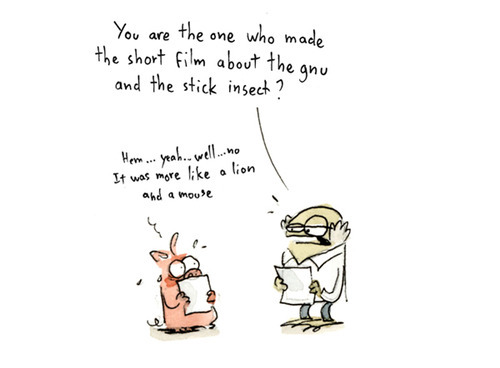
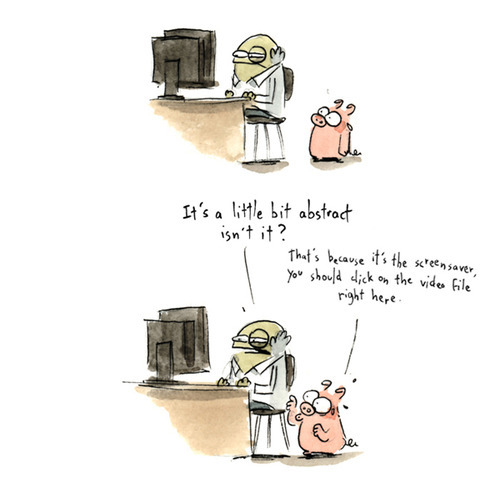
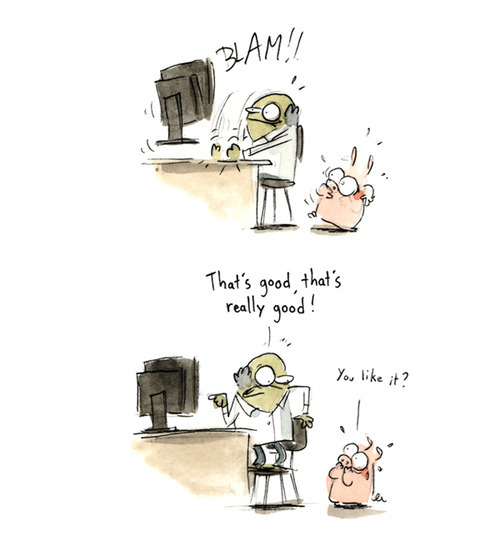
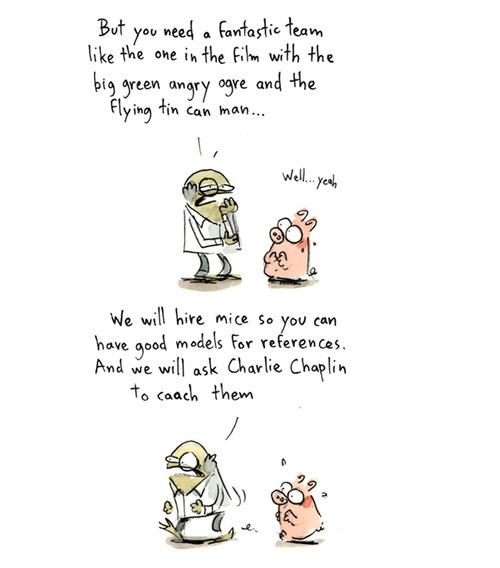
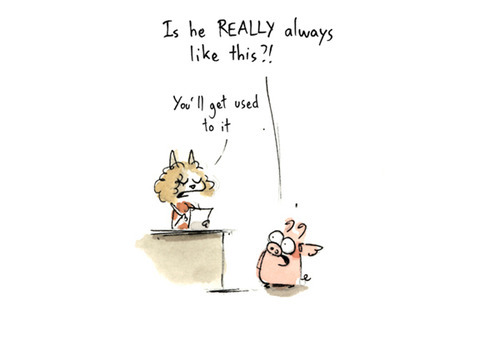
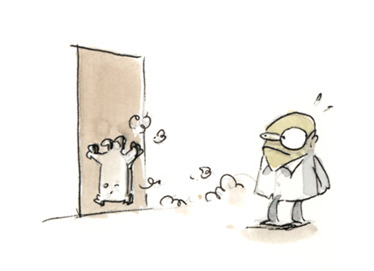
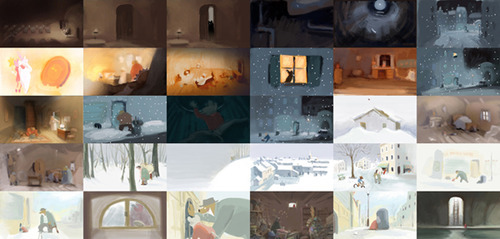
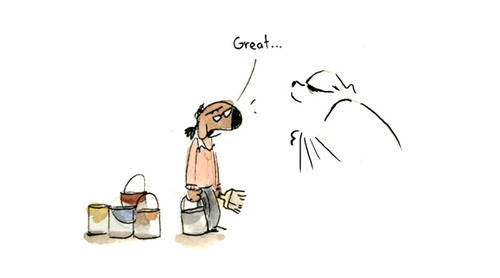
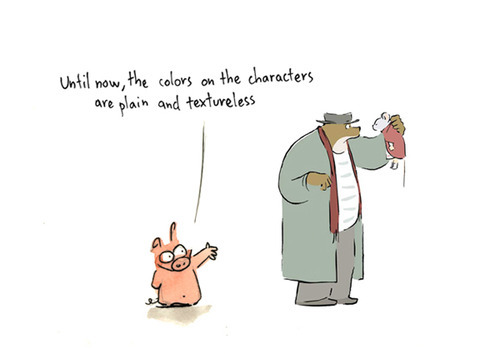

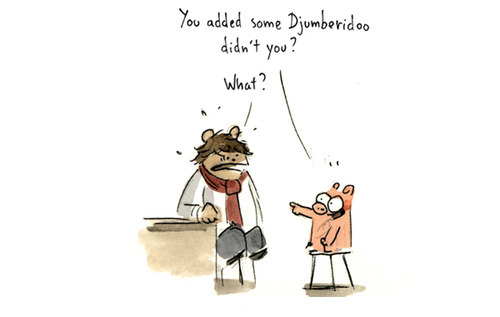
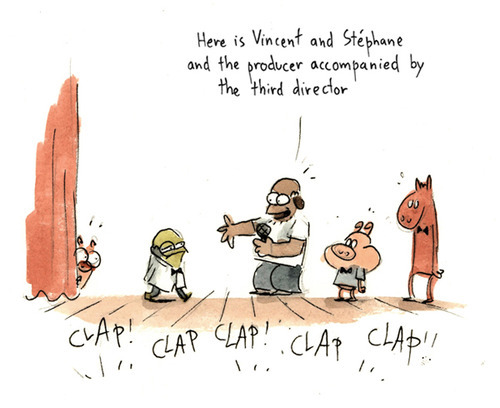
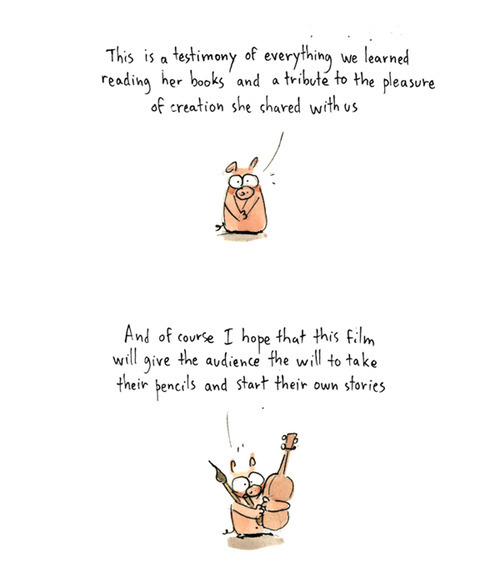
No comments:
Post a Comment